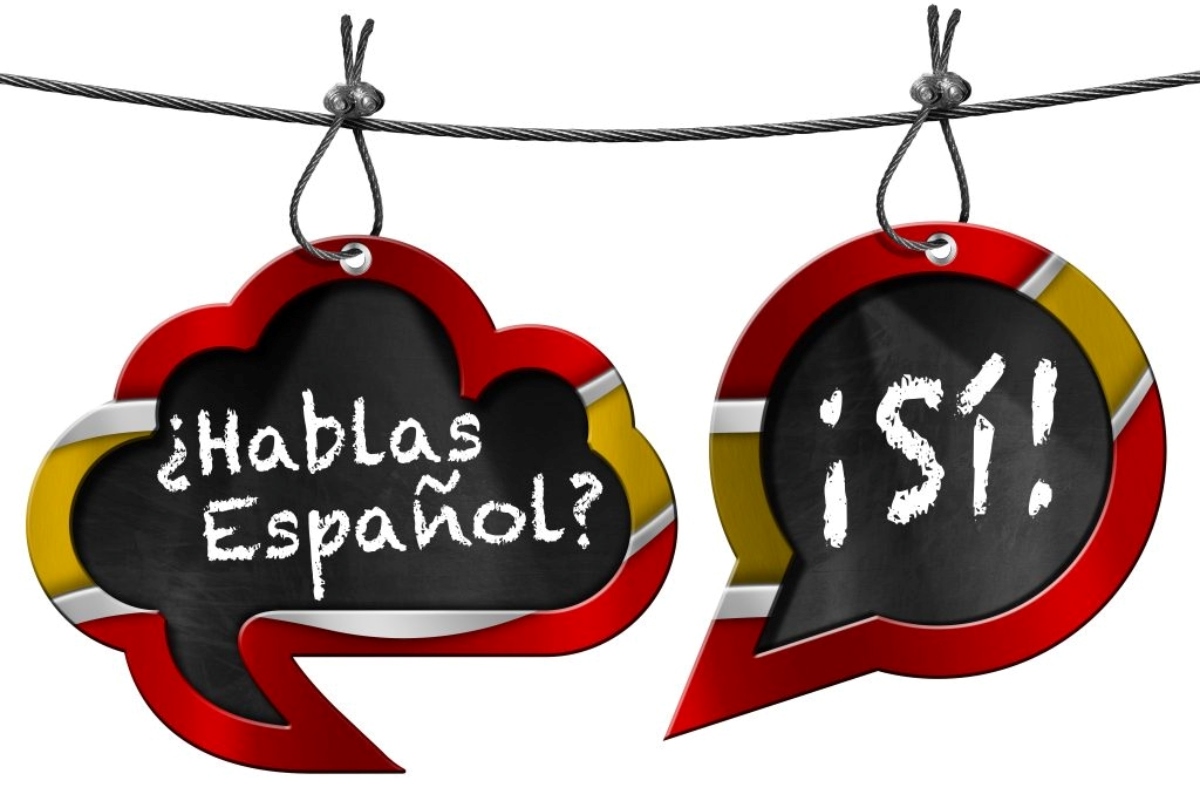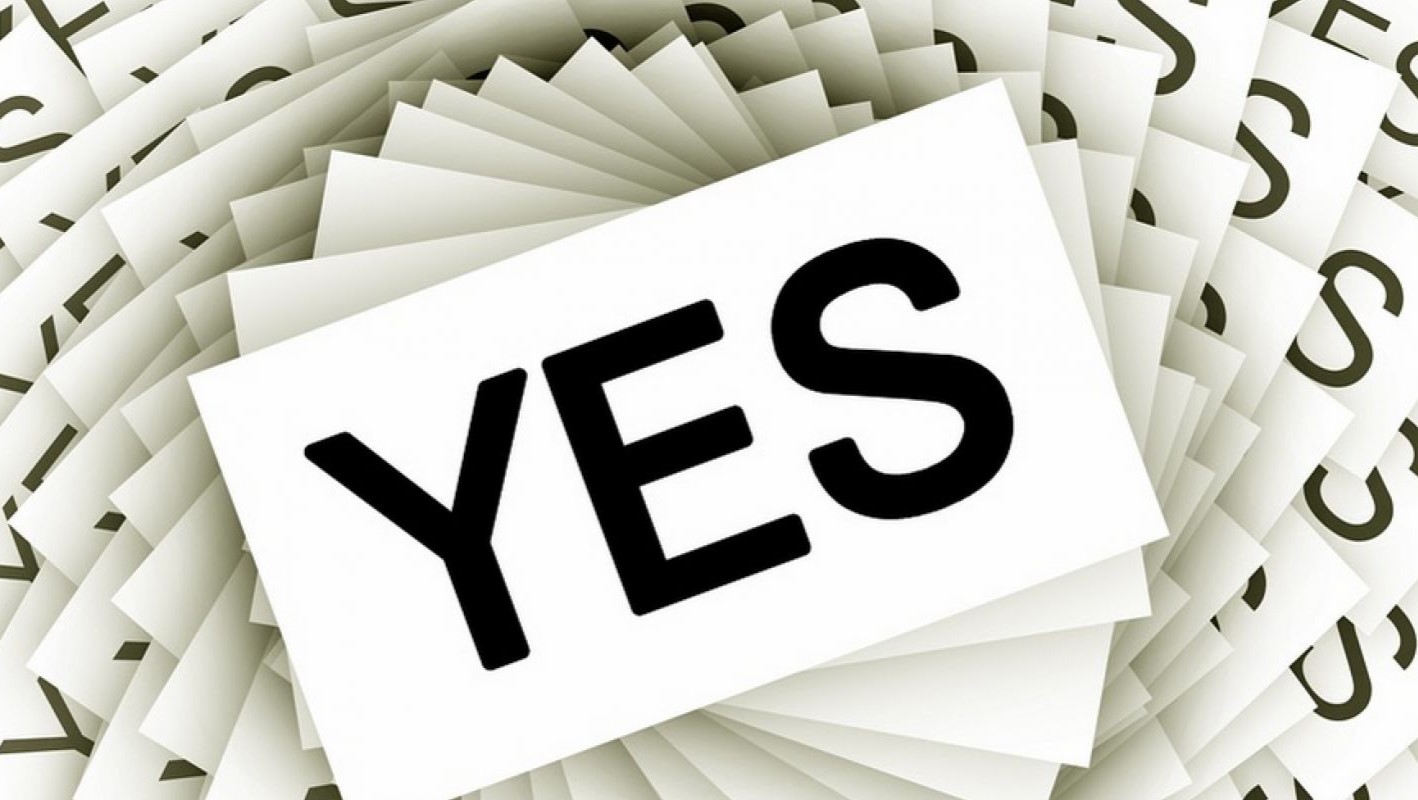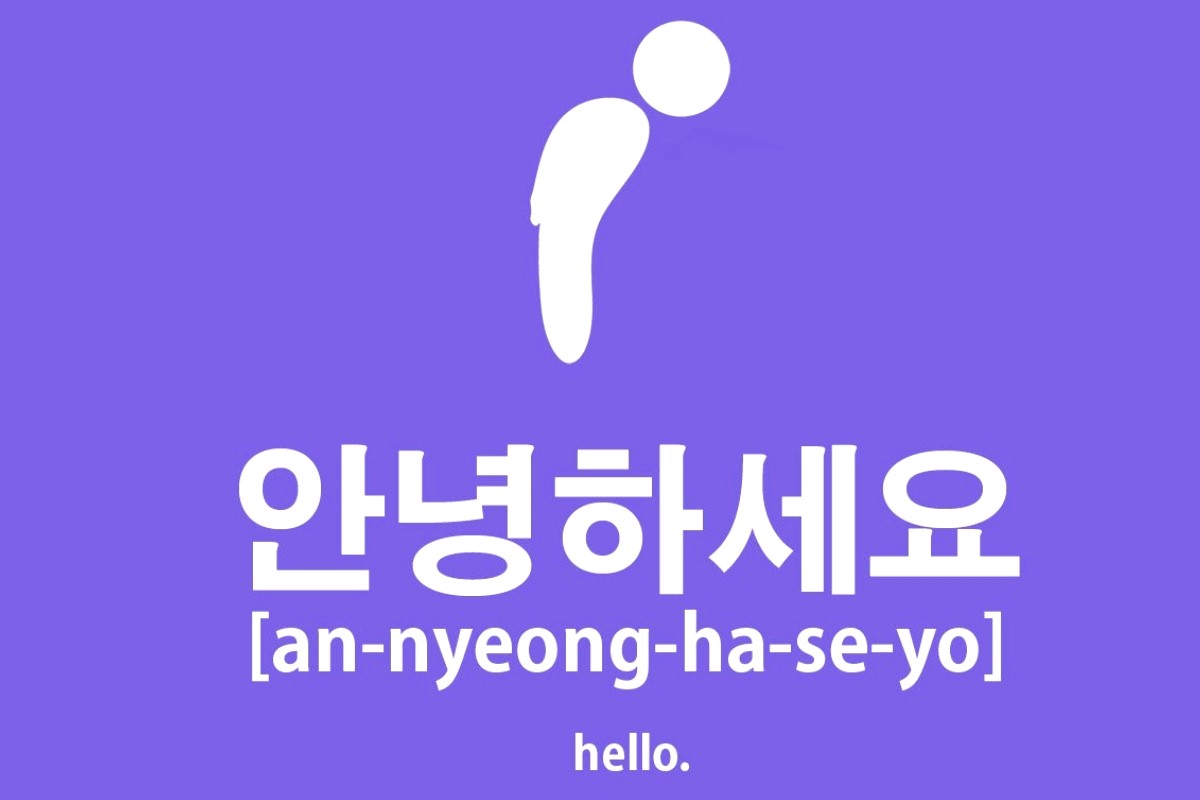Home>Language and Grammar>How To Say “Yes” In Spanish


Language and Grammar
How To Say “Yes” In Spanish
Published: February 24, 2024
Learn how to say "yes" in Spanish and improve your language and grammar skills with our helpful guide. Master the basics of Spanish communication today!
(Many of the links in this article redirect to a specific reviewed product. Your purchase of these products through affiliate links helps to generate commission for Noodls.com, at no extra cost. Learn more)
Table of Contents
Introduction
When learning a new language, mastering basic expressions is essential for effective communication. In Spanish, the word "yes" holds significant importance as it signifies agreement, affirmation, and positivity in conversations. Understanding the various ways to express "yes" in Spanish not only enriches language skills but also fosters meaningful interactions with native speakers.
In this article, we will delve into the diverse ways to say "yes" in Spanish, exploring both the fundamental and nuanced expressions that convey agreement and affirmation. By familiarizing ourselves with these linguistic nuances, we can gain a deeper appreciation for the richness of the Spanish language and its cultural significance.
Join me as we embark on a linguistic journey to uncover the intricacies of expressing affirmation in Spanish, from the basic affirmations to the subtle nuances of agreement. Let's explore the versatility of the word "yes" and its impact on communication in Spanish-speaking communities.
Read more: How To Say “How You Say” In Spanish
Basic Ways to Say "Yes" in Spanish
In Spanish, expressing agreement or affirmation can be achieved through various words and phrases, each carrying its own nuances and contexts. The most straightforward and commonly used term for "yes" in Spanish is "sí." This simple yet powerful word serves as the universal expression of agreement and affirmation in Spanish-speaking communities around the world. When responding affirmatively to a question or statement, "sí" is the go-to word for conveying a clear and unequivocal "yes."
Another common way to say "yes" in Spanish is by using the word "claro." This versatile term not only signifies agreement but also conveys a sense of certainty and assurance. When someone uses "claro" to respond affirmatively, it reflects a confident and unwavering affirmation, emphasizing the speaker's conviction in their agreement.
Additionally, the word "vale" is widely used across Spanish-speaking regions to express consent or approval. While its literal translation is "okay," "vale" serves as a casual yet affirmative way of saying "yes" in everyday conversations. Its informal nature makes it a popular choice for expressing agreement in a relaxed and friendly manner.
Furthermore, the expression "por supuesto" is employed to convey a resounding "of course" in response to a question or statement. This phrase exudes a sense of confidence and certainty, emphasizing the speaker's unwavering agreement or acknowledgment of a given situation.
In informal settings, particularly among younger generations, the term "sí, claro" is often used to express a casual yet affirmative "yes." This combination of the two common affirmations, "sí" and "claro," amplifies the speaker's agreement while infusing a sense of assurance and confidence into the response.
In summary, the Spanish language offers a rich tapestry of expressions for conveying agreement and affirmation. From the straightforward "sí" to the confident "claro" and the casual "vale," each term carries its own nuances, reflecting the diverse linguistic landscape of Spanish-speaking cultures. By mastering these basic ways to say "yes" in Spanish, language learners can navigate conversations with fluency and cultural sensitivity, fostering meaningful connections with native speakers.
Other Ways to Express Agreement in Spanish
In addition to the fundamental expressions for saying "yes" in Spanish, there are several other nuanced ways to convey agreement and affirmation in conversations. These alternative expressions not only enrich the linguistic repertoire of Spanish speakers but also add depth and color to everyday interactions.
One commonly used phrase to express agreement in Spanish is "estoy de acuerdo," which translates to "I agree." This versatile expression goes beyond a simple affirmation and conveys a deeper sense of alignment with a particular viewpoint or opinion. When someone says "estoy de acuerdo," they are not only acknowledging agreement but also signaling their active support for a given idea or statement.
Furthermore, the phrase "exacto" is employed to signify precision and accuracy in agreement. This succinct term, akin to saying "exactly" in English, reflects a precise alignment with a previously stated fact or opinion. By using "exacto" in conversations, individuals emphasize their agreement while underscoring the accuracy and correctness of the information being affirmed.
Another nuanced way to express agreement in Spanish is through the phrase "sin duda," which translates to "without a doubt." This expression goes beyond a simple "yes" and encapsulates a strong sense of conviction and certainty in agreement. When someone responds with "sin duda," they are not only affirming their agreement but also emphasizing the absence of any doubt or hesitation in their stance.
Additionally, the term "por supuesto" is commonly used to convey a resounding "of course" in response to a question or statement. This phrase exudes a sense of confidence and certainty, emphasizing the speaker's unwavering agreement or acknowledgment of a given situation.
Moreover, the expression "cuenta conmigo" is employed to convey "count on me" in Spanish. This phrase not only signifies agreement but also extends a sense of support and solidarity to the individual or group with whom the agreement is made. By saying "cuenta conmigo," individuals not only affirm their agreement but also offer their commitment and assurance to stand by the other party.
In summary, the Spanish language offers a rich tapestry of expressions for conveying agreement and affirmation, each carrying its own nuances and cultural significance. By embracing these diverse ways to express agreement in Spanish, language learners can deepen their understanding of the language while fostering meaningful connections and rapport with native speakers.
Using "Sí" in Different Contexts
The word "sí" holds a central position in the Spanish language, serving as the primary expression of agreement and affirmation. However, its significance extends beyond a simple affirmative response, as "sí" is employed in various contexts to convey nuanced meanings and emotions.
In everyday conversations, "sí" is used to provide straightforward affirmations, such as answering "yes" to a direct question or confirming a statement. Its versatility allows it to seamlessly integrate into a wide range of interactions, from casual exchanges to formal discussions. The simplicity and clarity of "sí" make it an indispensable tool for expressing agreement in Spanish-speaking communities.
Beyond its basic usage, "sí" is also employed to convey consent or permission in different contexts. When granting approval or giving consent, individuals may use "sí" to signify their agreement or willingness to proceed with a particular course of action. This application of "sí" reflects not only agreement but also the acknowledgment of a decision or request, adding a layer of formality and respect to the interaction.
Moreover, "sí" is utilized to express affirmation and encouragement, particularly in supportive or motivational contexts. When offering reassurance or expressing solidarity, individuals may use "sí" to convey a heartfelt affirmation, signaling their unwavering support and belief in a person or idea. In these instances, "sí" transcends a mere agreement and becomes a symbol of empathy, encouragement, and positivity.
In certain situations, "sí" is employed to signify acceptance and acknowledgment of a given reality or circumstance. When faced with a challenging or unavoidable situation, individuals may use "sí" to acknowledge the truth or inevitability of a particular outcome. This usage reflects a sense of resignation and acceptance, emphasizing the speaker's acknowledgment of the prevailing circumstances.
Furthermore, "sí" is utilized to express enthusiasm and eagerness, particularly in response to exciting opportunities or invitations. When presented with a favorable prospect or invitation, individuals may use "sí" to convey their enthusiastic agreement and willingness to participate. This application of "sí" reflects a positive and proactive attitude, underscoring the speaker's eagerness to embrace new experiences.
In summary, the word "sí" transcends its basic function of expressing agreement, encompassing a spectrum of meanings and emotions in different contexts. Its adaptability and richness make it an indispensable element of communication in the Spanish language, reflecting the depth and complexity of human interactions. By understanding the diverse applications of "sí," language learners can navigate conversations with fluency and cultural sensitivity, fostering meaningful connections with native speakers.
Conclusion
In conclusion, the diverse ways to say "yes" in Spanish reflect the richness and versatility of the language, encompassing a spectrum of expressions that convey agreement, affirmation, and positivity. From the fundamental affirmations such as "sí," "claro," and "vale" to the nuanced phrases like "estoy de acuerdo" and "sin duda," the Spanish language offers a tapestry of linguistic nuances that enrich everyday conversations and interactions.
By mastering these various expressions, language learners not only gain fluency in communication but also develop a deeper understanding of the cultural nuances embedded within the language. Each expression carries its own connotations, reflecting the diverse linguistic landscape of Spanish-speaking communities around the world.
Furthermore, the word "sí" transcends its basic function of expressing agreement, extending into contexts of consent, encouragement, acknowledgment, and enthusiasm. Its adaptability and richness make it an indispensable element of communication in the Spanish language, reflecting the depth and complexity of human interactions.
As language learners embrace the diverse ways to express agreement in Spanish, they not only enhance their language skills but also foster meaningful connections and rapport with native speakers. Understanding the subtle nuances of affirmations in Spanish allows individuals to navigate conversations with cultural sensitivity and empathy, fostering a deeper appreciation for the language and its impact on interpersonal communication.
In essence, the various ways to say "yes" in Spanish serve as a gateway to understanding the cultural nuances, emotions, and social dynamics embedded within the language. By embracing the richness of these expressions, language learners can engage in authentic and meaningful conversations, bridging linguistic and cultural gaps while celebrating the diversity and vibrancy of the Spanish language.















